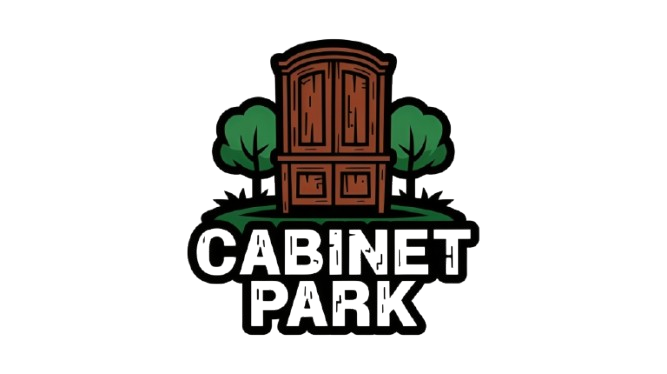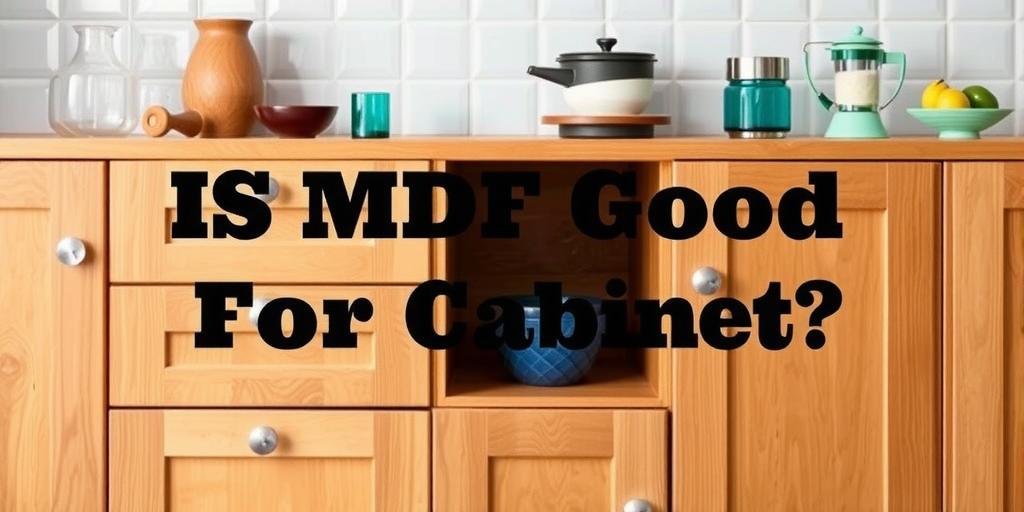When choosing materials for cabinetry, homeowners and builders often consider Medium-Density Fiberboard (MDF) as an option. But is MDF a good choice for cabinets? This article explores the advantages, drawbacks, and best uses of MDF to help you make an informed decision.
What Is MDF?
MDF (Medium-Density Fiberboard) is an engineered wood product made by breaking down hardwood or softwood residuals into wood fibers, combining them with wax and resin, and forming panels under high pressure and heat. It is denser than plywood but lacks natural wood grain.
Pros of Using MDF for Cabinets
MDF has several benefits that make it a popular choice for cabinetry:
- Smooth surface: Ideal for painting, as it lacks wood grain and knots.
- Cost-effective: Cheaper than solid wood or plywood.
- Consistent density: No voids or warping, making it easy to machine.
- Eco-friendly: Made from recycled wood fibers.
- Stable material: Resists shrinking and swelling better than natural wood.
Cons of Using MDF for Cabinets
Despite its advantages, MDF has some downsides:
- Not water-resistant: Absorbs moisture easily, leading to swelling or mold.
- Less durable: Prone to dents and scratches compared to hardwood.
- Heavy weight: Can make installation more difficult.
- No natural wood grain: Lacks the aesthetic appeal of real wood.
- Limited strength: Not ideal for load-bearing applications.
MDF vs. Plywood vs. Solid Wood for Cabinets
| Material | Durability | Moisture Resistance | Cost | Best Use Cases |
|---|---|---|---|---|
| MDF | Moderate | Low | Low | Painted cabinets, shelving |
| Plywood | High | Moderate | Medium | Kitchen cabinets, structural use |
| Solid Wood | Very High | High (if sealed) | High | High-end cabinetry, furniture |
Best Practices for Using MDF in Cabinets
If you choose MDF for your cabinets, follow these tips to maximize longevity:
- Seal edges and surfaces: Use a high-quality primer and paint to prevent moisture absorption.
- Avoid high-moisture areas: Not ideal for bathrooms or kitchens with heavy water exposure.
- Use for cabinet doors and panels: Combine with plywood for structural parts like frames.
- Choose moisture-resistant MDF (MR-MDF): A better option for humid environments.
FAQ About MDF Cabinets
1. Can MDF cabinets last long?
Yes, MDF cabinets can last 10–15 years or more if properly maintained and kept away from excessive moisture.
2. Is MDF better than plywood for cabinets?
MDF is smoother and cheaper, but plywood is stronger and more moisture-resistant. The best choice depends on budget and use case.
3. Can MDF cabinets handle heavy loads?
MDF is not ideal for heavy-duty shelving. For heavy items, reinforce with plywood or solid wood supports.
4. Are MDF cabinets toxic?
Modern MDF has low formaldehyde emissions, but proper ventilation during cutting and sealing is recommended.
5. Can MDF cabinets be painted?
Yes! MDF takes paint exceptionally well due to its smooth, uniform surface.
Final Verdict: Is MDF Good for Cabinets?
MDF is a great choice for painted cabinetry in low-moisture areas due to its smooth finish and affordability. However, for kitchens or bathrooms, consider moisture-resistant MDF or plywood for better durability. Always weigh the pros and cons based on your needs and environment.

